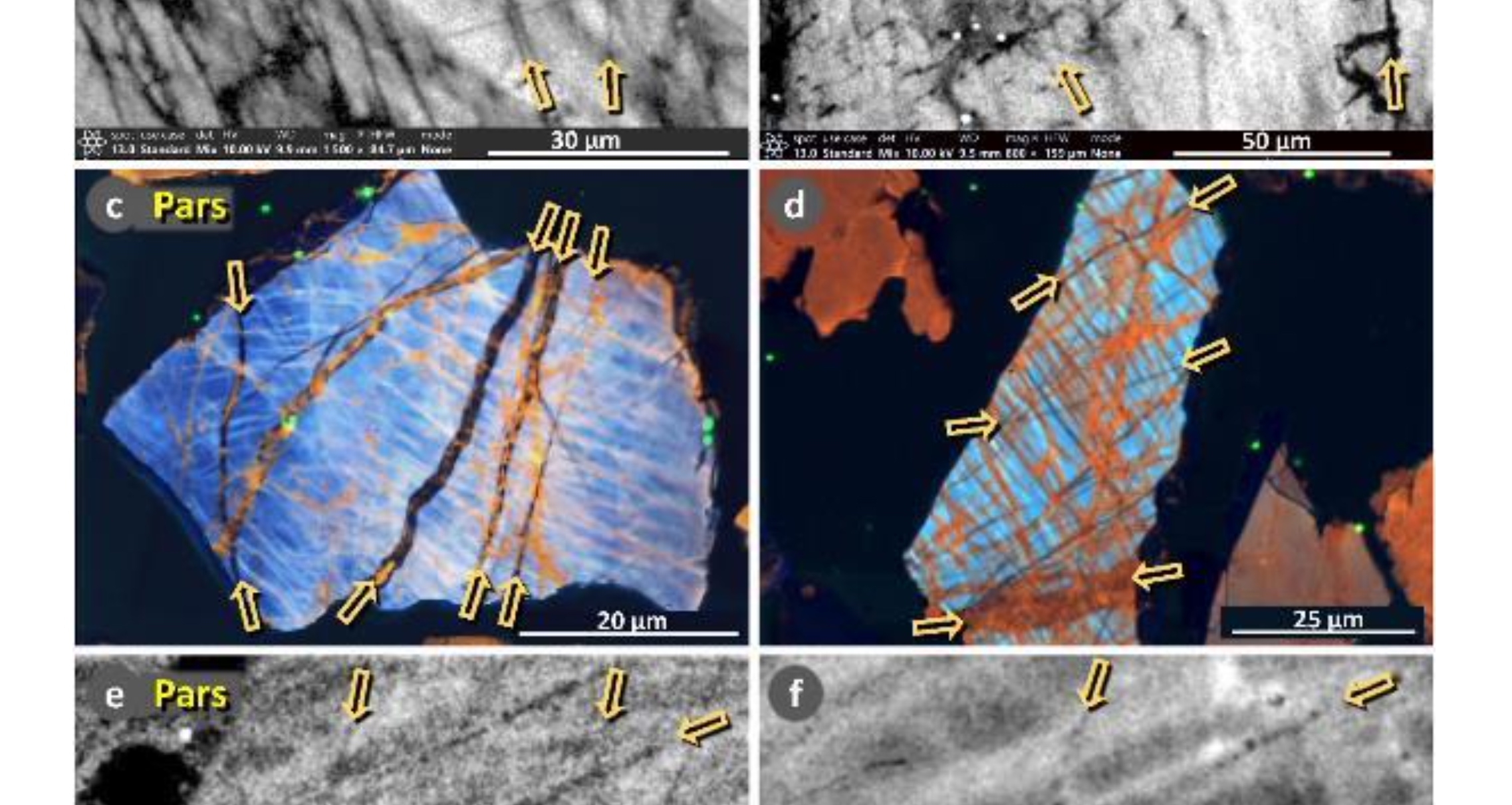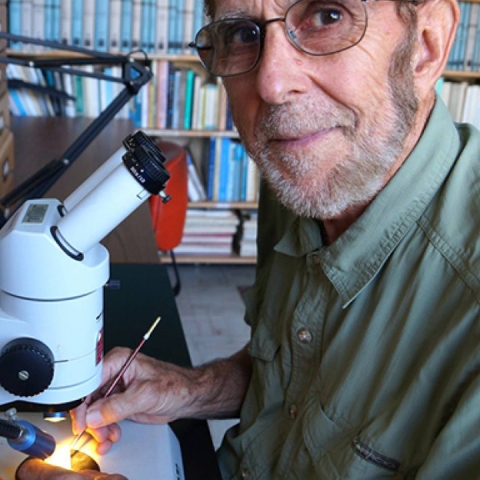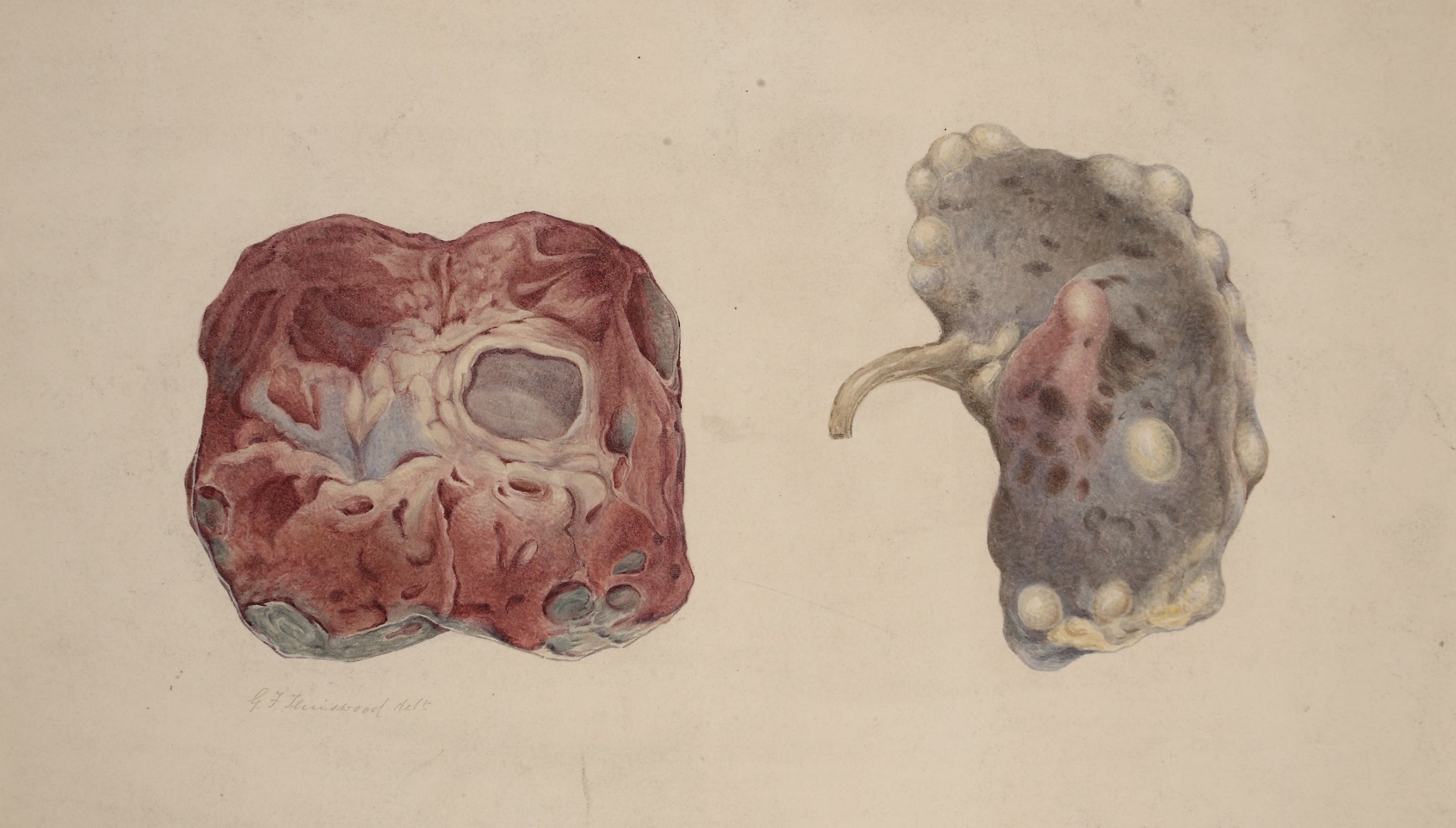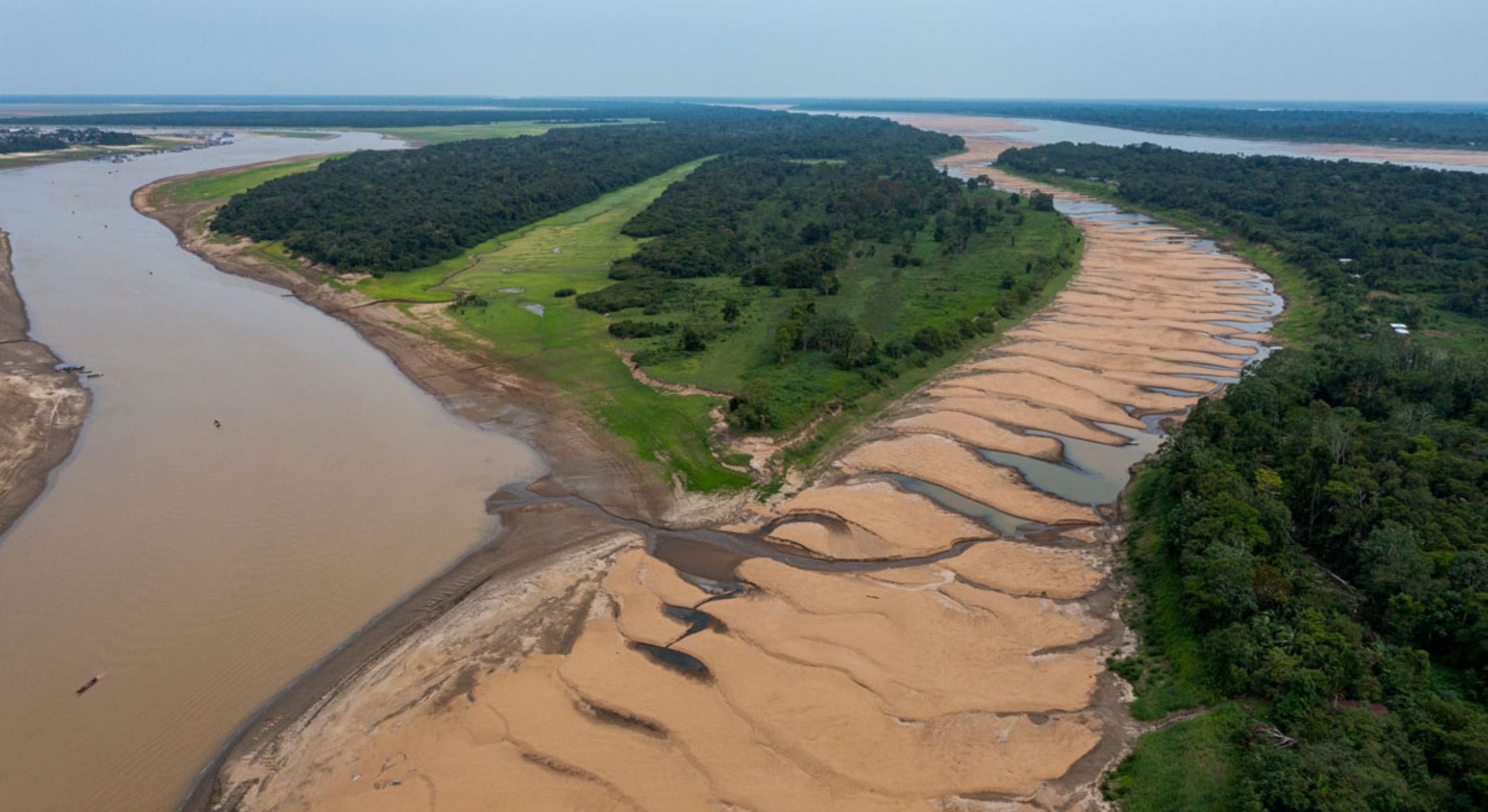
Researchers continue to expand the case for the Younger Dryas Impact hypothesis. The idea proposes that a fragmented comet smashed into the Earth’s atmosphere 12,800 years ago, causing a widespread climatic shift that, among other things, led to the abrupt reversal of the Earth’s warming trend and into an anomalous near-glacial period called the Younger Dryas.
Now, UC Santa Barbara emeritus professor James Kennett and colleagues report the presence of proxies associated with the cosmic airburst distributed over several separate sites in the eastern United States (New Jersey, Maryland and South Carolina), materials indicative of the force and temperature involved in such an event, including platinum, microspherules, meltglass and shock-fractured quartz. The study appears in ScienceOpen’s journal Airbursts and Cratering.
“What we’ve found is that the pressures and temperatures were not characteristic of major crater-forming impacts but were consistent with so-called ‘touchdown’ airbursts that don’t form much in the way of craters,” Kennett said.
The Earth is bombarded every day by tons of celestial debris, in the form of tiny dust particles. On the other end of the scale are the extremely rare and cataclysmic impacts like the Chicxulub event that 65 million years ago caused the extinction of dinosaurs and other species. Its 150-kilometer-wide (93 miles) impact crater can be found in the Yucatán Peninsula in Mexico.
Somewhere in between are the impacts that don’t leave craters on the Earth’s surface but are nevertheless destructive. The shockwave from the 1908 Tunguska event knocked down 2,150 square kilometers (830 square miles) of forest, as the roughly 40-meter (130 ft) diameter asteroid collided with the atmosphere almost 10 kilometers (6 miles) above the Siberian taiga.
The comet thought to be responsible for the Younger Dryas cooling episode is estimated to have been 100 kilometers wide (62 miles) — much larger than the Tunguska object, and fragmented into thousands of pieces. The sediment layer associated with the airburst stretches across much of the northern hemisphere, but can also be found in locations south of the equator. This layer contains unusually high levels of rare materials associated with cosmic impacts, such as iridium and platinum, and materials formed under high pressures and temperatures, such as magnetic microspherules (cooled-down metallic droplets), meltglass and nanodiamonds.
Shocked quartz and amorphous silica
The researchers are particularly interested in the presence of shocked quartz, indicated by a pattern of lines, called lamellae, that shows stress great enough to deform the crystal structure of quartz, a very hard material. This “crème de la crème” of cosmic impact evidence is present in impact craters, however linking shocked quartz to cosmic airbursts has proven to be more of a challenge.
“In the extreme form, such as when an asteroid hammers into the Earth’s surface, all the fractures are very parallel,” Kennett explained. In the realm of cosmic airbursts, different variables are present in the realm of cosmic airbursts. “When you think about it, the pressures and temperatures that produce these fractures will vary depending on the density, entry angle, altitude of the impact and the impactor’s size.
“What we found — and this is what is characteristic of the impact layer, called the Younger Dryas Boundary — is that although we do occasionally see in the quartz grains examples of the ‘traditional’ shocked quartz with parallel fractures, we mostly see grains that are not parallel,” he said. These fractures are seen in an irregular, web-like pattern of intersecting, meandering lines and surface and subsurface fissures, in contrast to the parallel and planar deformations of impact-associated shocked quartz found at craters. These subparallel and subplanar deformations are due in large part to the relatively lower pressures caused by explosions that occur above the ground, the researchers assert, as opposed to impacts that make contact with the Earth.
What these sediments do share with the shocked quartz at crater sites is the presence of amorphous silica — melted glass — in these fractures. And that, the researchers say, is evidence of the combination of pressure and high temperatures (greater than 2000 degrees Celsius) that could have come from a low-altitude bolide airburst. Similarly fractured quartz grains and meltglass have been found in more present-day samples of above ground explosions, such as at the Trinity atomic bomb test site in New Mexico. The roughly 20-kiloton bomb was detonated atop a 30.5 meter (100 foot) tower.
These lower-pressure shocked quartz grains join a growing suite of impact proxies that together make a case for a fragmented comet that not only caused widespread burning, but also abrupt climatic change that resulted in the extinctions of 35 genera of megafauna in North America, such as the mammoths and giant ground sloths, and led to the collapse of a flourishing human culture called Clovis, according to the researchers.
“There’s a whole range of different shocked quartz, so we have to make a well-documented case that they are indeed significant for interpreting cosmic impact, even though they’re not reflecting a traditional major crater-forming event,” Kennett said. “These are from very-low-altitude ‘touchdown’ airbursts almost certainly associated with cometary impact.”
Sonia Fernandez
Senior Science Writer
(805) 893-4765
sonia.fernandez@ucsb.edu




